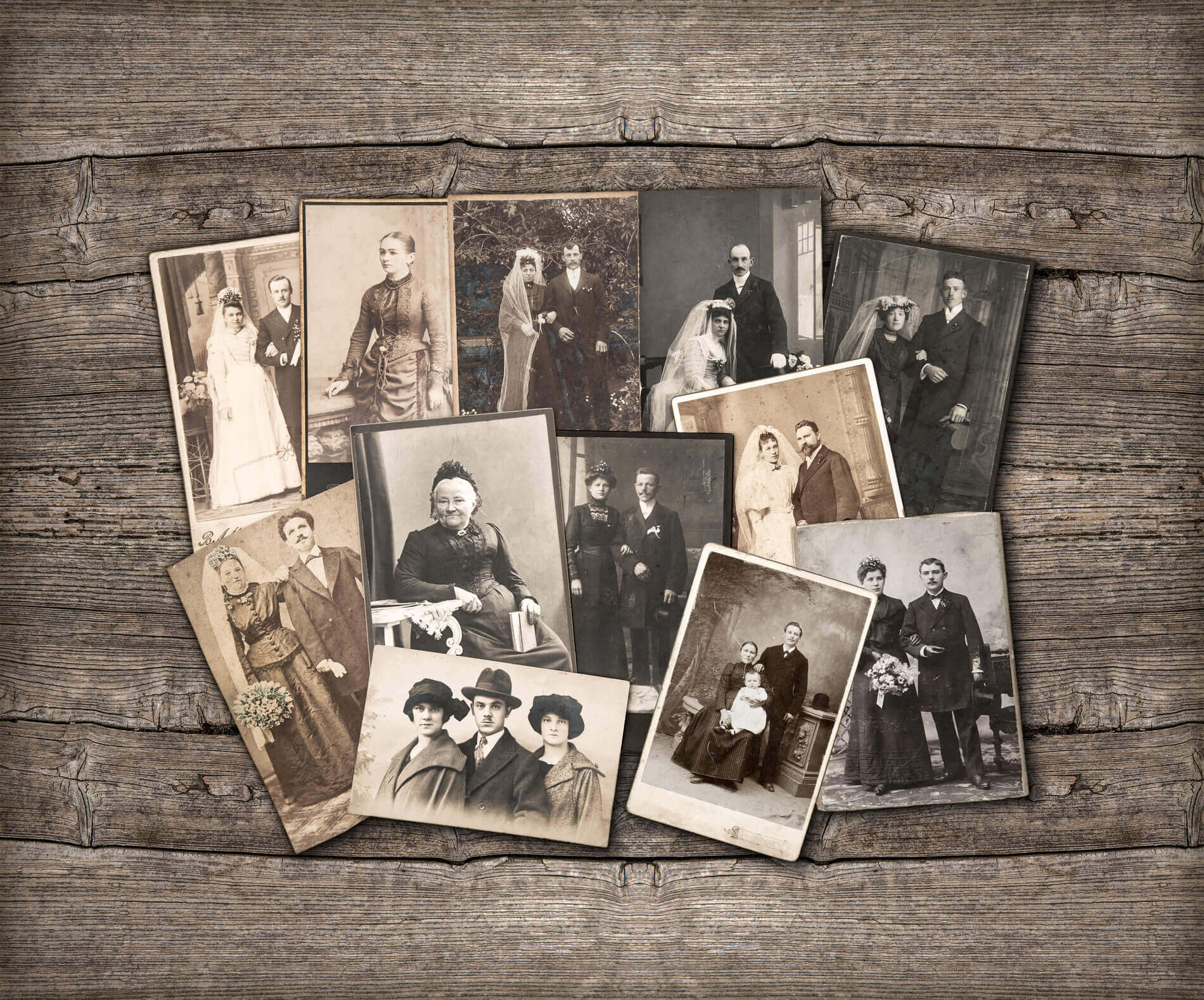Test Tube Ancestors: The Science of Genetic Testing in Genealogy

Genetic testing companies use complex methods to determine your ancestry. But how accurate are they?
For any two people in the world, 99.5 percent of their DNA is identical (99.9 percent for any two people of the same sex), yet it’s only human to latch on to that 0.5 percent and seek out what makes you special. As of 2016, nearly 3 million genetic ancestry tests have been sold, thanks in part to popular TV shows in which celebrities delve into their genealogy using both their genome and historical records.
What these tests reveal is technically called “biogeographic ancestry”—the geographic locations of presumed ancestors. And the results (often presented in the form of a pie-chart) can often be unexpected, even for people whose genealogy points to a specific location in the Old World. For example, it’s estimated that more than 6 million Americans who self-identify as European also carry African ancestry. That element of surprise may be a big driver of the trendiness of these tests.

A Bit of Spit, a Lot of Data
Analyzing DNA is simple from the consumer’s point of view: A vial of your saliva is all that’s needed to pinpoint where in the world you’re likely from. The data analysis on the lab’s end is also streamlined, since your whole genome doesn’t have to be involved. The cost of sequencing the entire genome has come down dramatically since the first was sequenced in the early 2000s at an estimated $500 million to $1 billion. With all the technological advances in DNA sequencing, the cost today is around $1,000—still expensive if all you want to do is determine your ancestry. So, these ancestry tests look at small segments of the genome that scientists already know to be important for explaining variation in ancestry. They know that because those segments—known as Ancestry Informative Markers (AIMs)—tend to show up in populations from specific geographical areas.
After the DNA is extracted from the saliva sample, it’s processed on a chip that runs it through reference databases of modern populations from particular regions.
Garbage In, Garbage Out: Accuracy Is Only as Good as the Reference Database
Just as a dish is only as good as its ingredients, the quality of the reference database determines the strength of ancestry tests. In general, the more data that are available from each region, the higher the certainty will be that the results from that region are accurate. However, because these databases are still very incomplete in their sampling of human genetic diversity, and populations from some parts of the world are significantly underrepresented, there are inherent limitations to inferring ancestry.
But even with a relatively “complete” reference database that evenly represents individuals in a population, genetic data are still tricky to work with because genes vary widely across geographic regions and across time. For example, not all people from a given ethnic group have the AIM(s) associated with that group, and people from completely different groups can have the same AIM(s). What’s more, the number of genetic contributions from ancestors can be higher for some people than others—and each contribution lends another source of potential variation.
So, what does this mean about your test results? It means that as with any statistical analysis, there is always an element of uncertainty. And this underscores the importance of choosing statistical analyses that can interpret those data accurately, which is no small feat.
Because of these inherent uncertainties, a genetic ancestry testing company can’t say for sure that you’re 28 percent Icelandic; that number could be the average of results from a series of analyses, since testing companies tend to analyze the DNA multiple times, each time looking at a different section of the DNA. There tends to be close agreement between reports from the top testing outfits, but even the same company could give you and a sibling markedly different pie charts. While three out of four of your grandparents are from Africa, for example, you could have inherited a higher proportion of your one Asian grandparent’s DNA than your sister did.
The Big Reveal?
Like a Rorschach ink blot test, how we interpret our ancestry pie charts says as much about us as it says about our ancestors. Whether you’re proud to be part Native American or amused to be part Neanderthal (all Eurasians are 1 to 3 percent Neanderthal, it turns out), ancestry tests may help point you toward possible health risks linked to certain ancestry, confirm or dispel family lore, and spark your imagination. You could have Viking blood coursing through your veins.





